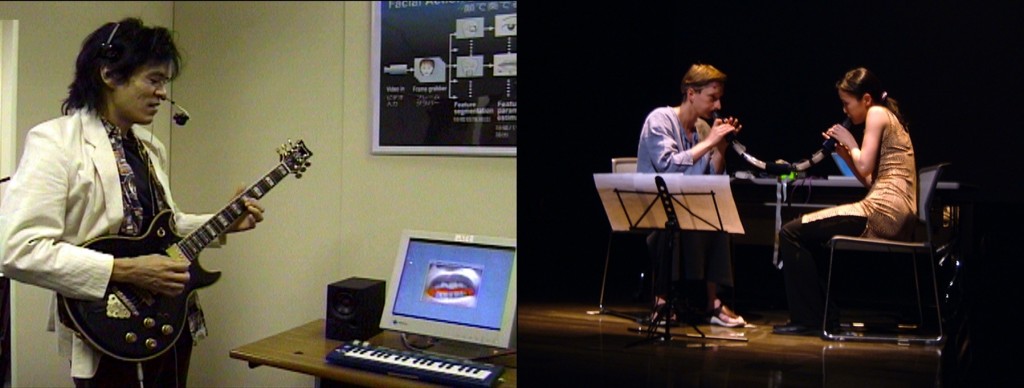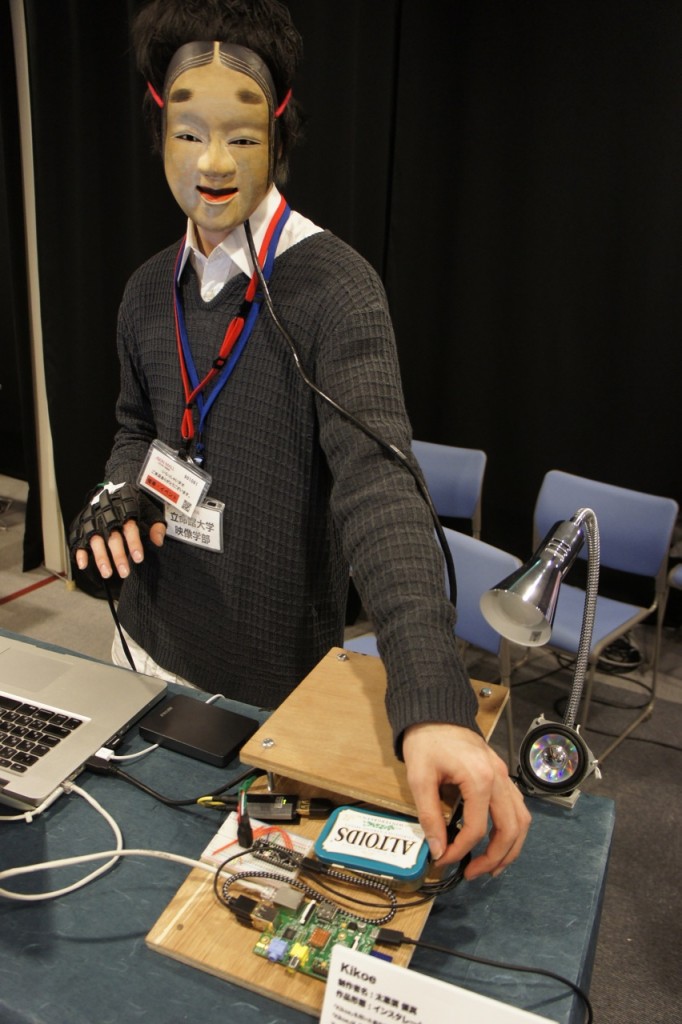We’ll be offering the ‘Introduction to Creating Musical Interfaces‘ course again this year at CHI 2015, which is to be held in Seoul. The course has also been offered at SIGGRAPH, SIGGRAPH Asia, and NIME.
Category Archives: HCI
Graduation Show 2015
Printed Optics
This work from friend and colleague Ivan Poupyrev (Disney Research) may be the most interesting application of 3D printing I have seen yet. This simple but brillant idea opens up a huge range of possible experiments.
VR and the Computer of the 21st Century
I want to make note of a powerfully brilliant paragraph from a highly influential article [1] by Marc Weiser published in September, 1991:
Perhaps most diametrically opposed to our vision is the notion of virtual reality, which attempts to make a world inside the computer. Users don special goggles that project an artificial scene onto their eyes; they wear gloves or even bodysuits that sense their motions and gestures so that they can move about and manipulate virtual objects. Although it may have its purpose in allowing people to explore realms otherwise inaccessible – the insides of cells, he surfaces of distant planets, the information web of data bases – virtually reality is only a map, not a territory. It excludes desks, offices, other people not wearing goggles and bodysuits, weather, trees, walks, the infinite richness of the universe. Virtual reality focuses an enormous apparatus on simulating the world rather than on invisibly enhancing the world that already exists.
It is perhaps superfluous to say that Mark Weiser and his colleagues at Xerox PARC were prescient and that, comparatively speaking, things have gone in the direction of ubiquitous computing, rather than virtual reality. And perhaps this is not surprising, many of the brightest and most interesting human interface researchers were at PARC from about the early 70’s onward. Their work made the future we now see in the largely usable, mobile, embedded, sensor-laden socially-networked devices of recent times.
[1] Mark Weiser, The Computer for the 21st Century, Scientific American 265(3): 94-104 (1991).



